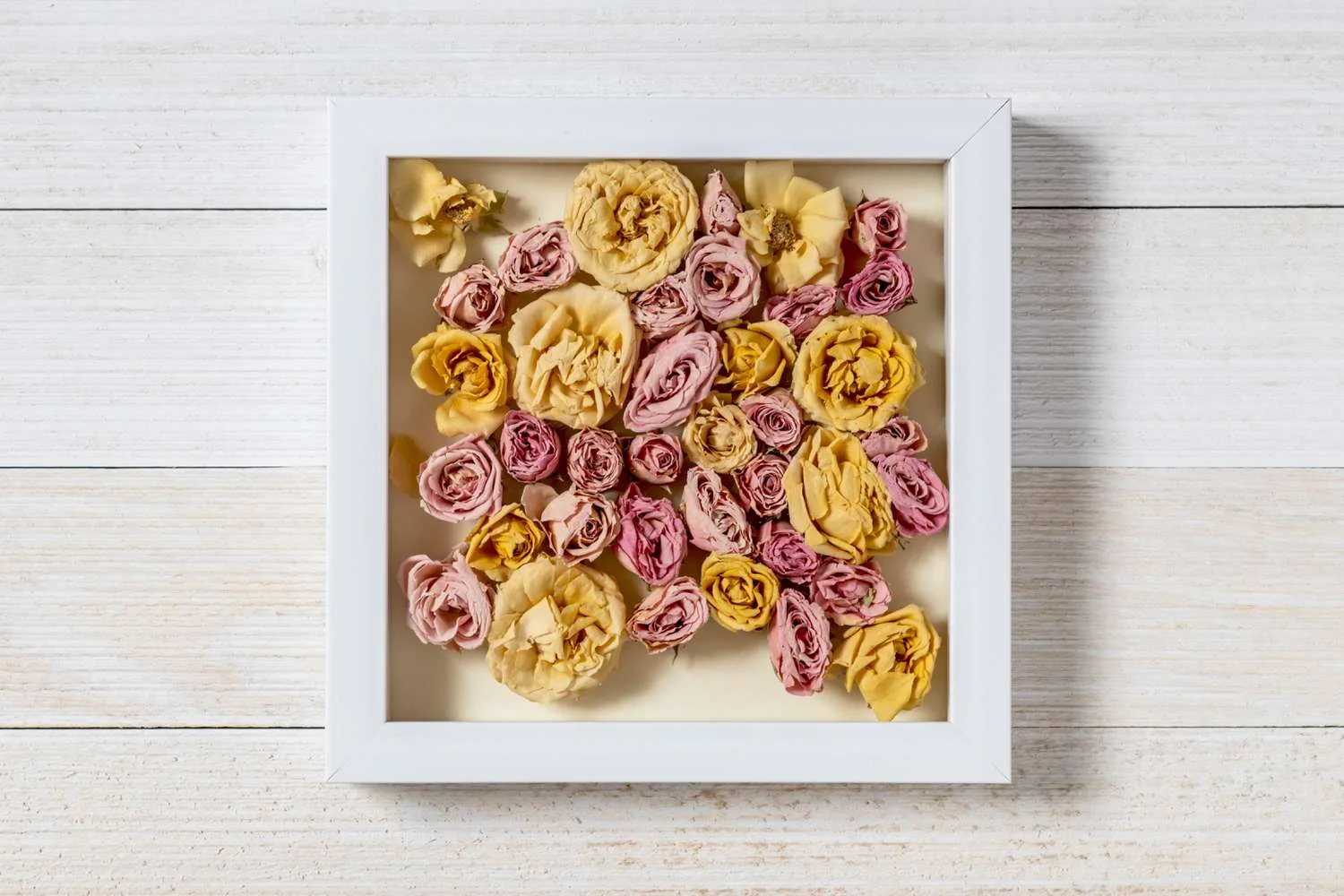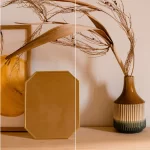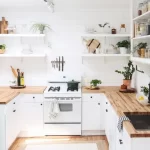lower shadowbox art is a beautiful way to decorate your home. It’s becoming very popular. These shadowboxes are deep frames that hold flowers, either fresh or dried, to make them look 3D. They are not just for decoration, but also a way to express creativity and bring a bit of nature inside. People like them because they can match many different styles of homes and add a touch of beauty and nature to any room.
History and Evolution of Shadowbox Art
Flower Shadowbox art started in the 1900s as a way to keep and show off important things. At first, they were simple deep frames used by sailors and soldiers to display medals, flags, and other items that were important to them. This type of art was special because it showed things in a 3D way, which was different from regular flat displays.
Evolution in the 20th Century
As time went on, shadowbox art changed. In the 20th century, people started using it at home to show off not just important items, but also personal and artistic things. People got more creative with it, using photos, keepsakes, and things from nature. The shadowbox became a way for people to express themselves and show their own tastes and stories.
Contemporary Shadowbox Art
Now, flower shadowbox art is a big part of home decoration. Artists and people who love shadowbox art have tried new things, using many different materials and ideas. They use flowers, fabrics, and different textures to make shadowboxes that are fancy and detailed. This change has made shadowboxes not just a way to keep things safe, but also a way to make art and add depth and character to rooms. Today’s shadowbox art mixes old and new ideas to make pieces that are both personal and liked by many people.
The Art of Choosing Flowers for Shadowboxes
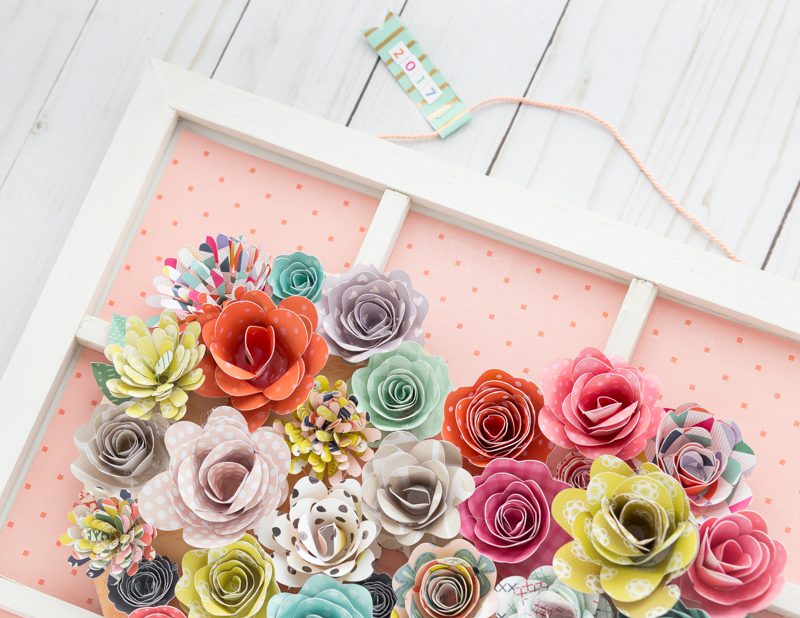
Selecting the right flowers is crucial in shadowbox art. Both fresh and dried flowers are used, each offering a different aesthetic. Color coordination and theme selection play a key role in creating a visually appealing piece.
| Aspect | Description |
|---|---|
| Type of Flowers | – Fresh Flowers: Offer a vibrant look but have a limited lifespan. – Dried Flowers: Provide longevity and a rustic charm. |
| Color Scheme | – Consider the room’s decor where the shadowbox will be displayed. – Choose colors that complement or contrast the interior. |
| Size and Scale | – Select flowers based on the size of the shadowbox. – Larger blooms for bigger boxes, smaller flowers for petite frames. |
| Theme and Style | – Decide on a theme, like seasonal, exotic or monochromatic. – Style should align with the overall interior design concept. |
| Arrangement Pattern | – Random: A natural, effortless look. – Symmetrical: A balanced, formal appearance. – Asymmetrical: A dynamic, modern feel. |
| Preservation Technique | – For fresh flowers: Consider methods like pressing or drying. – For dried flowers: Choose ones that retain color and shape. |
| Personal Preferences | – Reflect personal style and preferences in the choice of flowers. – Incorporate favorite flowers or meaningful varieties. |
Designing Your Flower Shadowbox
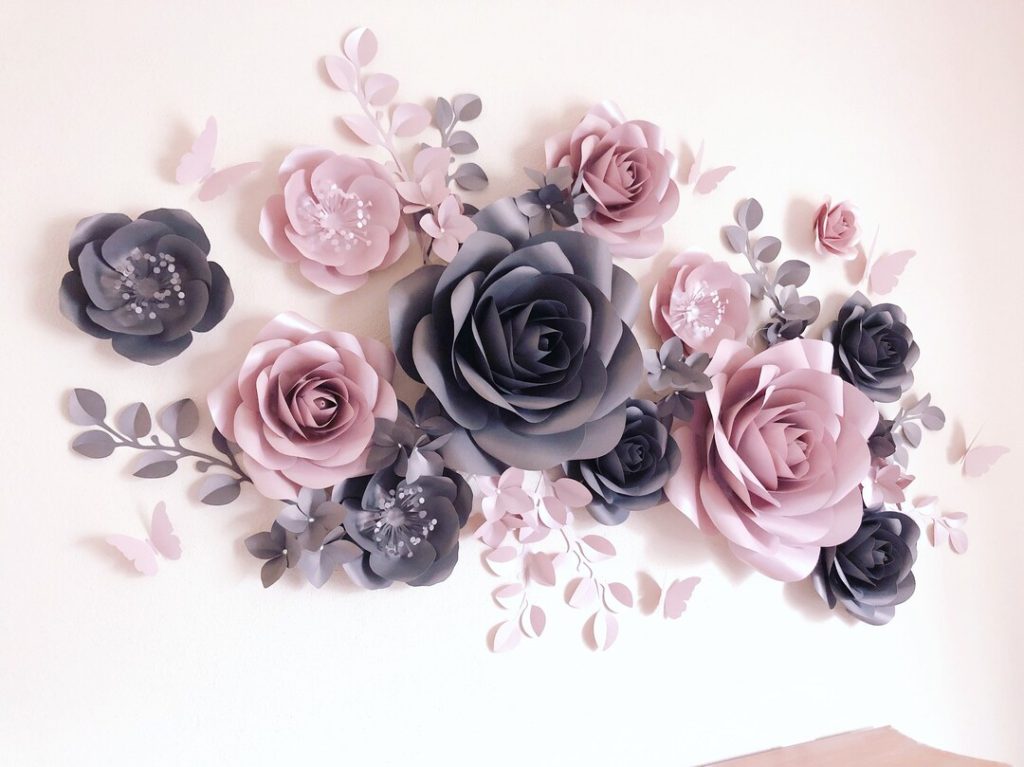
Whether you choose to craft your shadowbox or purchase one, the design process is integral. DIY enthusiasts will need materials like a shadowbox frame, floral foam and an array of flowers.
Choosing the Shadowbox Frame
Select a frame that complements the size and style of the flowers you’ve chosen. Consider the depth of the box to ensure enough space for your floral arrangement and the overall aesthetic you wish to achieve.
Background Selection
Choose a background that makes the flowers look great! You can choose a simple color to make them stand out or a patterned/ textured background to add some extra depth.
Arranging the Flowers
Plan your arrangement before placing the flowers. Decide if you want a symmetrical or asymmetrical design, a dense or sparse arrangement and how the colors and shapes will interact within the shadowbox.
Securing the Flowers
Depending on whether you’re using fresh or dried flowers, different techniques will be needed. For fresh flowers, drying or pressing them first is crucial. Dried flowers can be directly secured using glue or wire.
Adding Embellishments
Consider adding elements like moss, stones or small decorative items to complement the flowers and fill any gaps, giving your shadowbox a polished look.
Final Assembly
Once all elements are securely in place, carefully close the shadowbox. Ensure that nothing shifts and that the glass is clean for a clear view of your arrangement.
Step-by-Step Guide to Creating a Flower Shadowbox
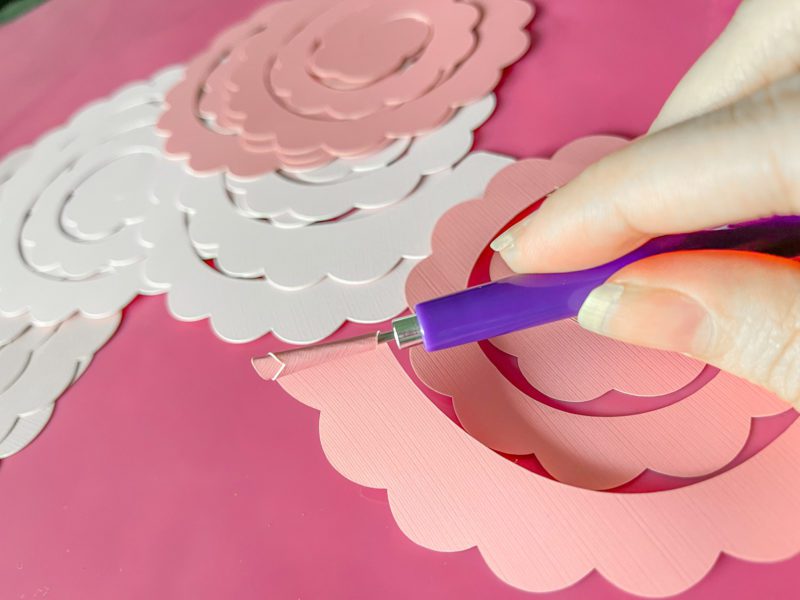
Creating a flower shadowbox involves several steps. Starting with flower selection, each bloom is prepared and arranged meticulously in the shadowbox, ensuring a balanced and harmonious display.
- Gather Materials: You’ll need a shadowbox frame, flowers (fresh or dried), a background material, scissors, glue or floral adhesive and any additional decorative elements like moss or decorative stones.
- Prepare the Flowers:
- For fresh flowers: Press or dry them first to preserve their beauty.
- For dried flowers: Ensure they are clean and intact.
- Choose and Prepare the Background: Cut the background material to fit the shadowbox. You can use colored paper, fabric or any textured material that complements your flowers.
- Plan Your Design: Arrange the flowers on the background before gluing them. Experiment with different layouts until you find one that is visually appealing.
- Secure the Flowers: Carefully glue each flower onto the background. Be gentle to avoid damaging the petals.
- Add Embellishments: If desired, add extra elements like moss, small branches or stones to fill gaps and add texture.
- Assemble the Shadowbox: Once the glue has dried, carefully place the background with the flowers into the shadowbox. Secure the back.
- Final Touches: Check the glass for fingerprints or dust. Clean as necessary.
- Display Your Shadowbox: Choose a spot in your home where the shadowbox can be admired, considering the light and surrounding decor.
Styling Tips for Flower Shadowboxes in Home Decor
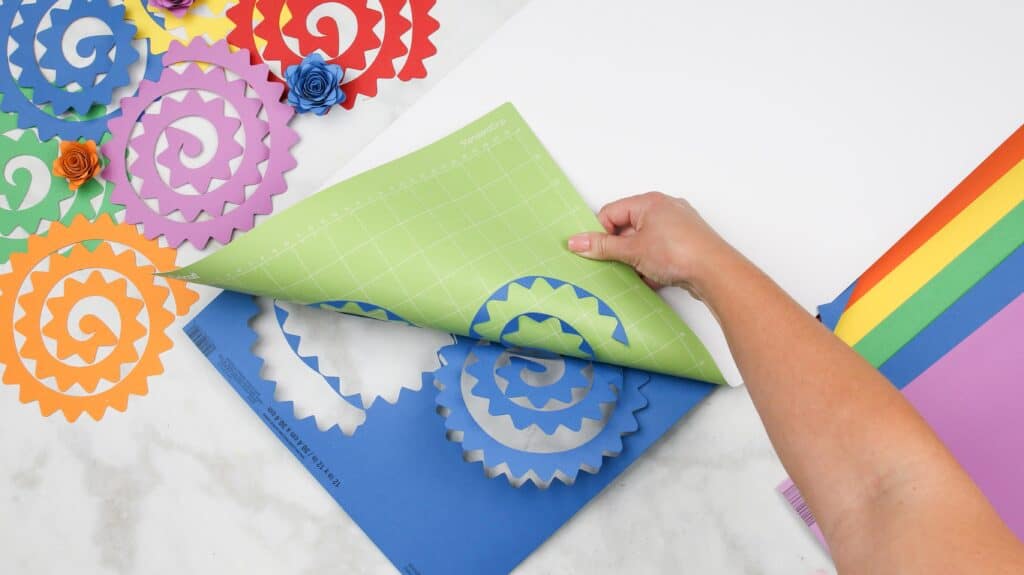
Flower shadowboxes can complement various decor styles. Placement in the home should be strategic, considering factors like light exposure and room color schemes.
Matching Decor Styles
Align your flower shadowbox with the overall style of your room. For a modern look, opt for minimalist designs with clean lines or go for more ornate frames and lush arrangements for a classical or vintage feel.
Color Coordination
Choose flowers and background colors that either complement or thoughtfully contrast with your room’s color scheme. Harmonizing colors can create a soothing effect, while contrasting colors can serve as a striking focal point.
Placement and Lighting
Consider where the shadowbox will be displayed. A well-lit area can highlight the colors and details of your arrangement. Avoid direct sunlight which might fade the colors.
Grouping with Other Art
If you’re placing the shadowbox in a gallery wall or alongside other artworks, consider it’s size and color in relation to the other pieces. It should contribute to a cohesive look without overpowering the other elements.
Seasonal Updates
You can update your shadowbox with seasonal flowers and elements. This keeps your decor fresh and in sync with the changing seasons, adding a dynamic element to your interior styling.
Maintenance and Care of Flower Shadowboxes
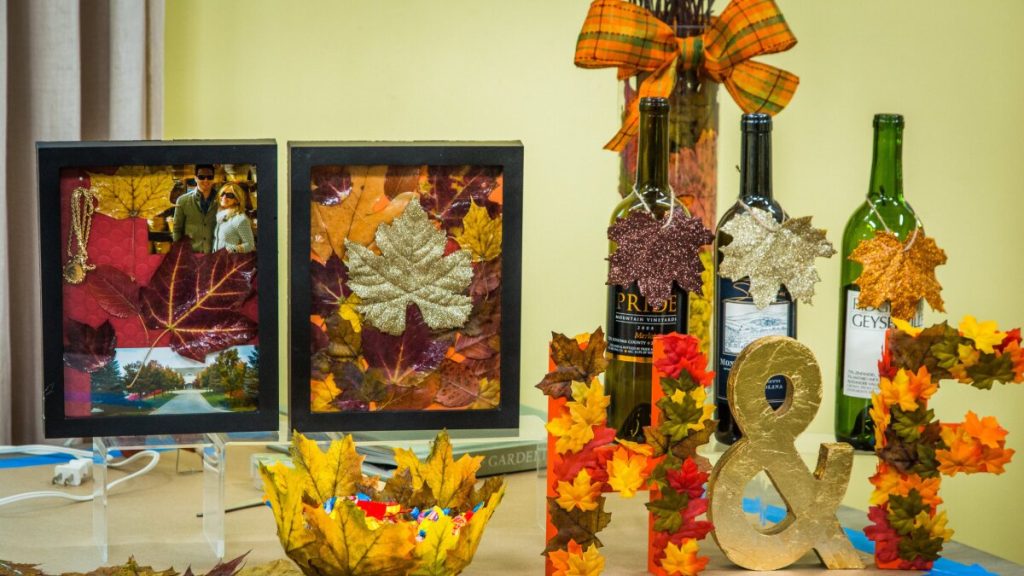
To ensure longevity, regular cleaning and careful handling are essential. Techniques vary based on the materials used in the shadowbox.
| Maintenance Aspect | Description and Care Tips |
|---|---|
| Dusting and Cleaning | Regularly dust the shadowbox using a soft brush or cloth. For the glass, use a gentle glass cleaner to maintain clarity and visibility. |
| Handling and Moving | When moving the shadowbox, handle it gently to prevent shifting of the contents. Always hold it upright to maintain the arrangement. |
| Humidity and Sunlight | Keep the shadowbox away from high humidity and direct sunlight to prevent damage to the flowers and to avoid fading of colors. |
| Checking for Damage | Periodically inspect for any signs of wear, such as fading, disintegration of flowers or damage to the frame and address as needed. |
| Refreshing the Display | For long-term display, consider refreshing or replacing flowers periodically to keep the shadowbox looking vibrant and new. |
| Storage | If storing, keep the shadowbox in a dry, cool place. Avoid stacking items on top to prevent pressure on the glass or frame. |
Innovative Ideas and Trends in Flower Shadowbox Art
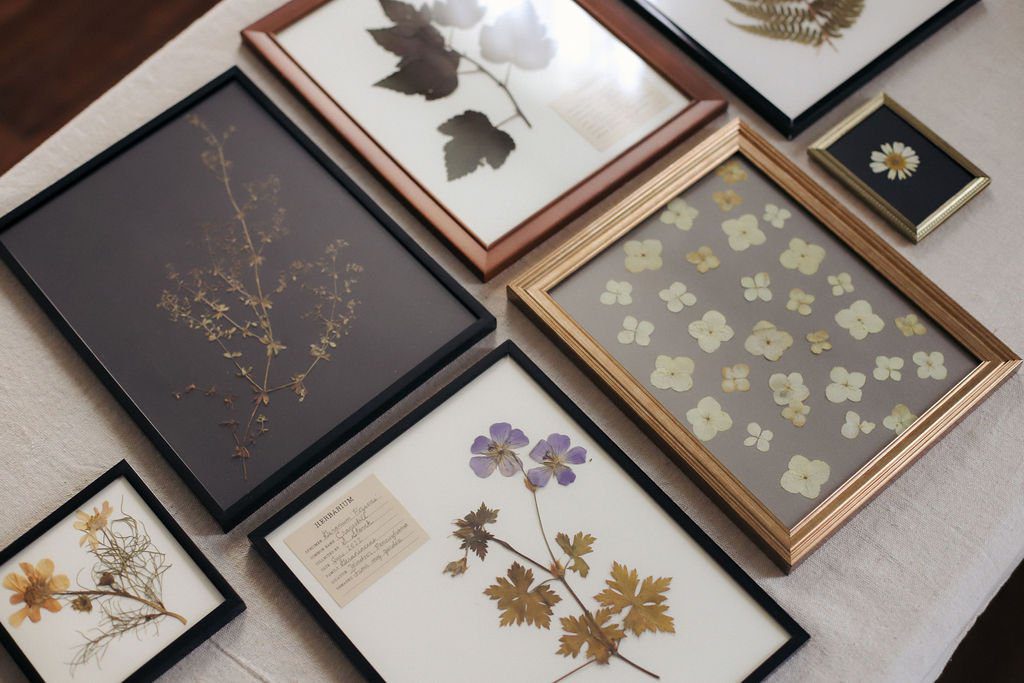
Contemporary trends in flower shadowbox art include minimalist designs and seasonal themes. Staying updated with these trends can inspire your own creations.
Minimalist Designs
A growing trend is the minimalist approach, where less is more. Using a few strategically placed flowers against a plain background creates a modern, elegant look, perfect for contemporary homes.
3D Layering
Innovative shadowboxes now feature 3D layering, where flowers are arranged in different depths, creating a multi-dimensional effect. This technique adds depth and intrigue to the shadowbox.
Mixed Media Art
Combining flowers with other materials like paper art, fabrics or even metal elements is becoming popular. This fusion creates a unique, textural piece that stands out.
Seasonal Themes
Creating shadowboxes that reflect seasonal themes – spring blossoms, autumn leaves or winter whites – is a trend that allows for regular updates in home decor, keeping it fresh and timely.
Incorporating LED Lights
Adding LED lights to illuminate the shadowbox is a trend that brings the art piece to life, especially in the evening, creating a cozy and warm ambiance.
Personalization
Personalized shadowboxes with specific flower types or colors that have personal significance are becoming popular, making them not just decorative pieces but also meaningful gifts or memorabilia.
Incorporating Flower Shadowboxes in Different Rooms
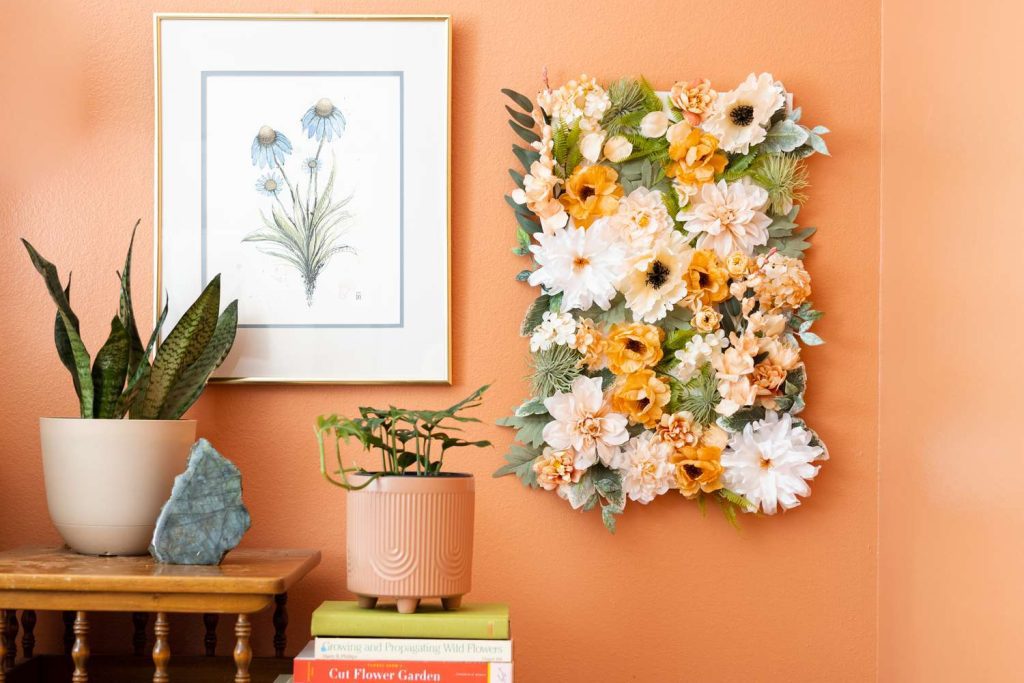
Incorporating flower shadowboxes into different rooms can enhance the aesthetic appeal of your home. In the living room, a large, vibrant shadowbox can serve as a focal point, adding warmth and color. For the bedroom, consider softer, calming floral arrangements that promote relaxation. In the kitchen or dining area, small, cheerful shadowboxes can add a touch of freshness, complementing the lively atmosphere. In hallways or entryways, use them as welcoming elements that introduce guests to your home’s style. Each room offers an opportunity to display these art pieces in a way that complements the room’s function and existing decor.
Benefits of Flower Shadowbox Art in Home Decor
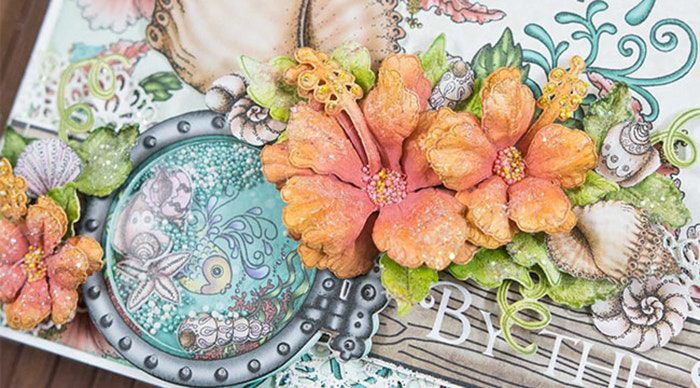
Beyond aesthetic appeal, flower shadowboxes offer psychological benefits, including a sense of calmness and a connection to nature.
| Benefit | Description |
|---|---|
| Aesthetic Appeal | Flower shadowboxes add visual interest and beauty to a space, enhancing the overall decor with their vibrant colors and unique three-dimensional artistry. |
| Personalization | They offer a way to personalize a space, reflecting individual styles, favorite flowers or color schemes, making each shadowbox a unique piece of art. |
| Versatility in Decor | These art pieces are versatile and can complement various interior styles, from modern and minimalist to rustic and traditional. |
| Emotional Wellbeing | The presence of nature-inspired elements like flowers can have a calming effect, improving the emotional wellbeing of the inhabitants. |
| Longevity | Unlike fresh flower arrangements, shadowboxes can last for years with minimal maintenance, providing a lasting decorative element. |
| Space Efficiency | Shadowboxes are an efficient way to add art and beauty to a space without taking up floor area, ideal for decorating smaller or clutter-prone spaces. |
| Creative Expression | Creating a flower shadowbox allows for creative expression, offering a satisfying DIY project that results in a beautiful and meaningful piece of art. |
| Seasonal Adaptability | They can be easily updated or changed to reflect seasonal themes, allowing for a dynamic and ever-evolving interior decor. |
| Contributes to Theme | Flower shadowboxes can help reinforce or establish a room’s theme, whether it’s a color theme, a nature-inspired theme or a specific stylistic approach. |
| Gift Potential | These art pieces make thoughtful and unique gifts, especially when personalized to the recipient’s taste, adding a sentimental value to the gesture. |
Combining Other Elements with Flower Shadowboxes
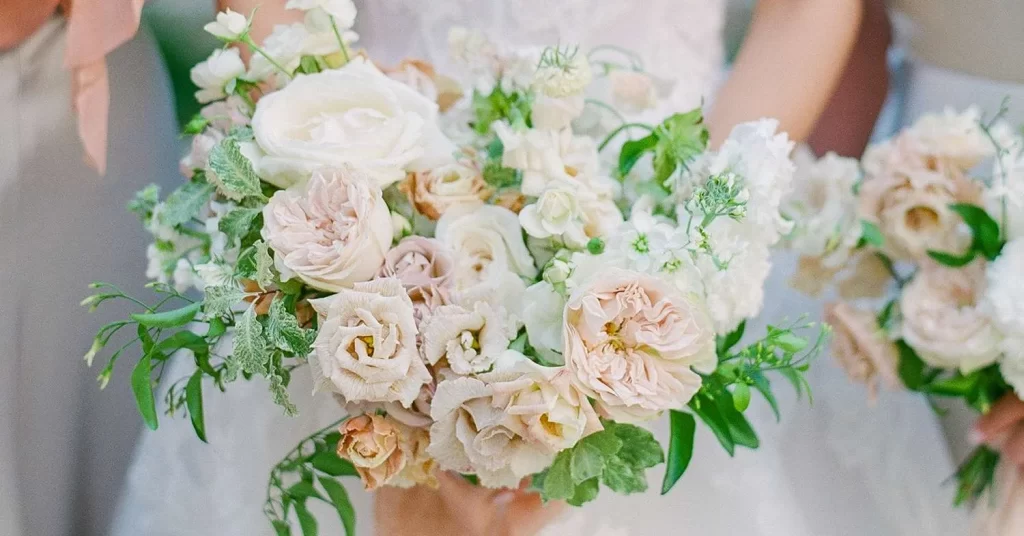
Adding other things to flower shadowboxes can make them look even better and more interesting. Using textured paper or fabric in the background can make the flowers stand out more. Putting in small figures, pretty pins, or themed items can help tell a story or show a theme. Adding natural things like rocks, shells, or small branches can make it feel more organic. For a cool look, especially in darker rooms, you can put LED lights inside. These extra touches not only make the flowers look nicer but also turn the shadowbox into a more detailed and unique work of art that shows your personal style..
Frequently Asked Questions (FAQs)
Yes, you can use fresh flowers, but they need to be dried or pressed first to preserve them and prevent decay within the shadowbox.
The longevity of a flower shadowbox depends on the preservation method of the flowers and the environmental conditions. Properly preserved and cared for, they can last for many years.
Creating a DIY flower shadowbox can range from simple to complex depending on the design. It’s a manageable project even for beginners, especially with numerous online tutorials available.
Select flowers based on the desired aesthetic, color scheme and the size of the shadowbox. Consider also the durability and ease of preservation of different flower types.
It’s best to avoid placing flower shadowboxes in high humidity areas as moisture can damage the flowers and the shadowbox frame. Choose a dry location with stable temperature for display.
Conclusion
Flower shadowbox art offers a unique and elegant way to incorporate the beauty of nature into home decor. These art pieces are not only visually stunning but also versatile, complementing various interior styles and personal tastes. With the ability to customize and adapt to different themes, flower shadowboxes provide a creative outlet and a personal touch to any living space. They stand as a testament to the enduring appeal of combining natural elements with artistic expression, making them a cherished addition to homes and offering a blend of aesthetic charm and emotional wellbeing to those who admire them.


